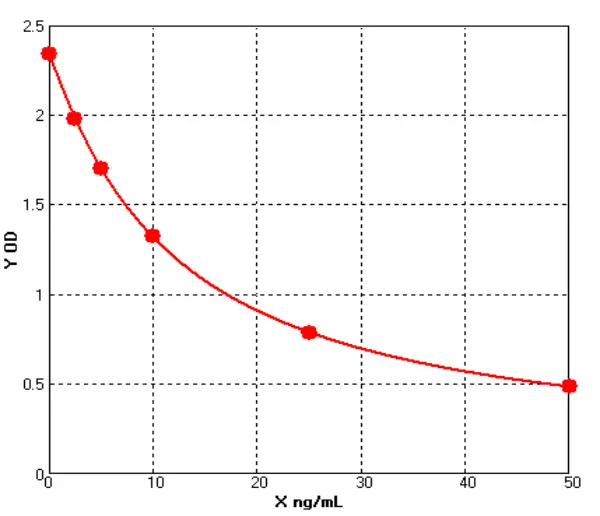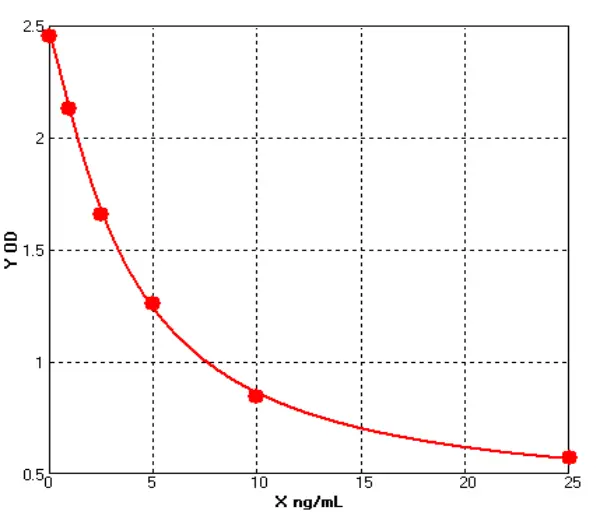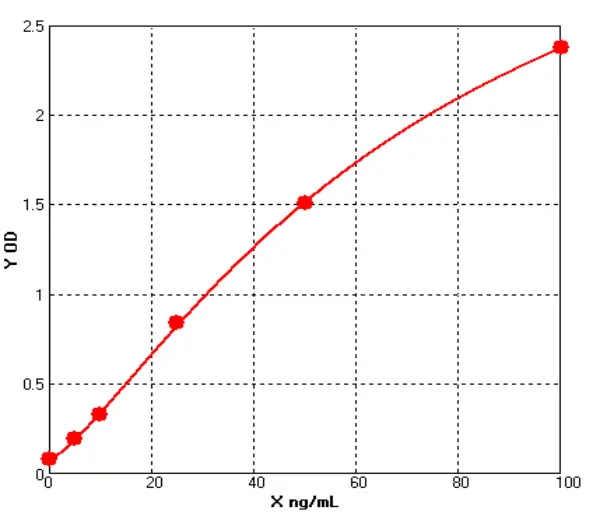Collagen 1 ELISA: Principle, Advantages, and Clinical Applications
The principle of the Collagen 1 ELISA is to use the enzyme-linked immunosorbent assay (ELISA) technology to quantitatively detect the ColⅠcontent in samples through a double-antibody sandwich method.
Working Principle of Collagen 1 ELISA
Coating Antigen: Firstly, purified collagen 1 antibodies are coated on the microplate to form a solid-phase antibody.
Adding Samples and Standards: Add the samples to be tested and a series of concentrations of standards into the microplate, the Type I collagen in the samples will bind with the solid-phase antibodies.
Adding Enzyme-labeled Antibodies: After washing away unbound components, add horseradish peroxidase (HRP) labeled Type II collagen antibodies, which bind to the antigen-antibody complex.
Color Reaction: Add the substrate TMB, which is converted to blue under the catalysis of HRP, and finally converted to yellow.
Measure Absorbance: Use a microplate reader to measure the absorbance (OD value) of the samples at a wavelength of 450 nm. The intensity of absorbance is positively correlated with the concentration of collagen 1 in the sample.
Calculate Concentration: Calculate the actual concentration of collagen 1 in the samples through the standard curve.
Advantages of Collagen 1 ELISA
The Collagen 1 ELISA can be used as an indicator of human bone resorption for in vitro diagnostics and helps to monitor changes in bone resorption under the following conditions:
Anti-bone resorption treatment in postmenopausal women
Hormone replacement therapy (HRT) using hormones and hormone-like medications.
Bisphosphonate therapy.
Anti-bone resorption treatment in individuals diagnosed with decreased bone mass
Hormone replacement therapy (HRT) using hormones and hormone-like medications.
Bisphosphonate therapy.
Predict bone mineral density (BMD) response in postmenopausal women undergoing anti-bone resorption treatment
Hormone replacement therapy (HRT) using hormones and hormone-like medications.
Bisphosphonate therapy.
Clinical Applications of Collagen 1 ELISA
The Collagen 1 ELISA can assess postmenopausal osteoporosis
Predict the long-term effects of anti-bone resorption therapies (such as HRT, bisphosphonate therapy).
Encourage patients to complete the treatment.
The Collagen 1 ELISA can assess bone resorption in patients
Patients with bone metabolic diseases (e.g., hyperparathyroidism, Paget's disease, osteodystrophy).
Patients undergoing long-term glucocorticoid therapy.



